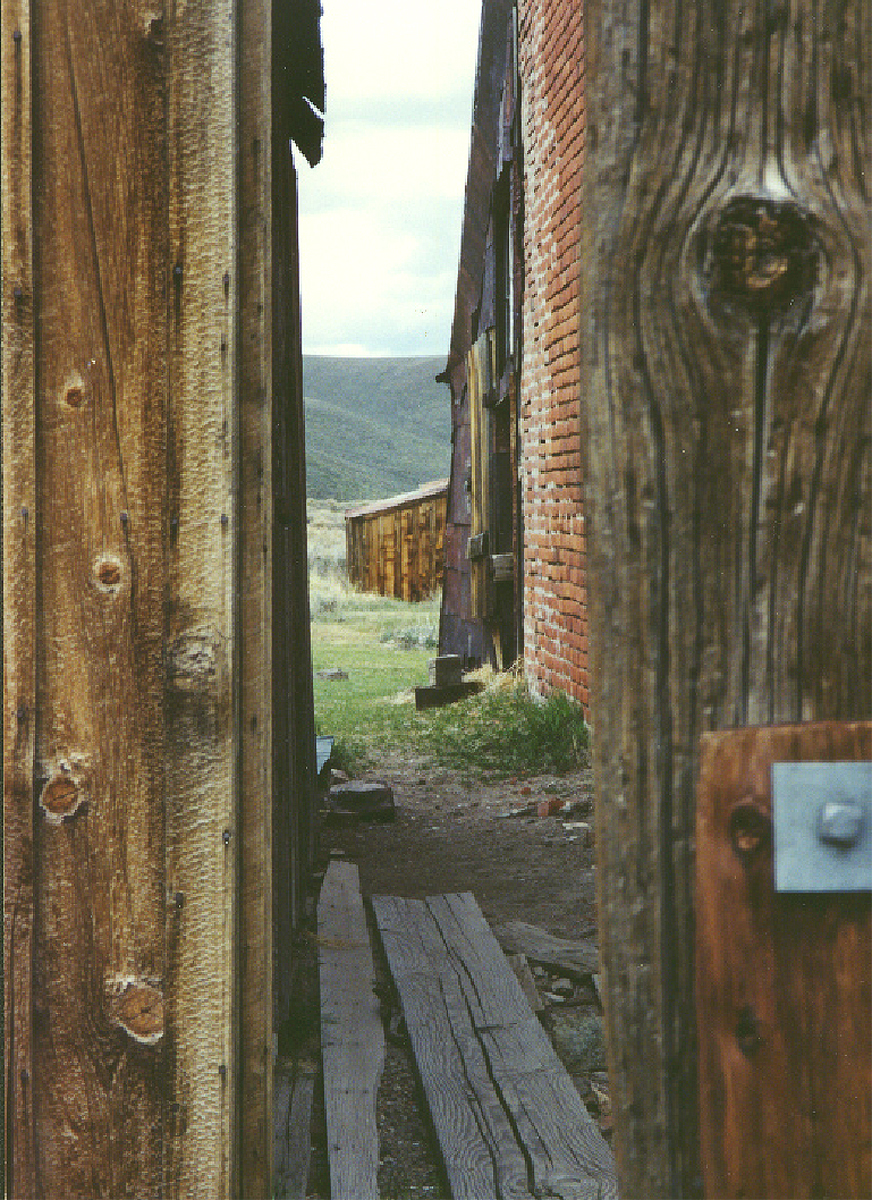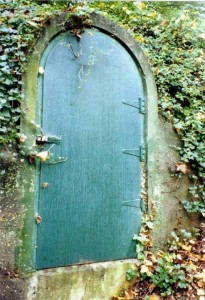It is my pleasure to take up this 5 Day / 5 Photo Blog Challenge for which my good friend, author and blogger Susan Scott, Garden of Eden Blog, has nominated me.
bodie state historic park
Bodie is described as haunting, desolate, captivating. It is. I was there.
Bodie State Historic Park, Calif., is a ghost town, “preserved in a state of arrested decay.” Interiors of the 110 remaining buildings are untouched as they were left, and it looks like some people left in a hurry, their belongings still strewn about.
In 1859 William (Waterman) S. Bodey discovered gold near here. Mr. Bodey didn’t have much time to revel, though, for in November that same year he died in a blizzard.
In 1861 a rich strike was made and a mill was built. Over the next years the railroad and the telegraph came and the population swelled from 20 to 10,000. It is said there existed three breweries, 65 saloons, an abundance of brothels, a Chinatown, opium dens and a Wells Fargo Bank. There were gunslingers and shootouts. It was a full-on Wild West town. Bodie became the second or third largest California town and one of the earliest United States towns to acquire electricity. The big strikes were soon depleted, though, and the town slid into decline in the 1880s. Miners moved on to Tombstone, Ariz., and other legendary places. Bodie was officially labeled a ghost town in 1915, after the last newspaper closed. The ghost town was designated Bodie State Historic Park in 1962 when the last residents left.
Bodie, just north of Mono Lake, a salt lake, is located at Bridgeport, Calif., near the Nevada border, just below where the eastern border of the state bends to the right. Bodie is northeast of Yosemite and about 75 miles southeast of Lake Tahoe, on high, open hills. The Clint Eastwood movie “High Plains Drifter” was filmed at Mono Lake. The production company built a large façade town at Mono Lake just for the filming.
Even in its boom days, I wonder how residents survived Bodie winters. It is one of the coldest places in the U.S. Up in the Eastern High Sierra Nevada Mountains, elevation 8,375 feet (2,554 m.), where the winds sweep through (up to 100 miles per hour, according to Wikipedia), Bodie has a subarctic climate — temperatures even on summer nights can drop below freezing. The most snow recorded in one month was 97.1 inches in January 1969. Bear in mind, the snow doesn’t melt until spring. The population of Bodie is now a few park rangers and assorted ghosts. The rangers use snowcats to get around through the deep snow. The park is open in the winter, but only to those with skis, snowshoes or snowmobiles. I have visited Bodie in the daytime, in May. I dream of returning with a digital camera to take a nighttime Ghost Walk.
The ghost town is a National Historic Landmark.
The timeline on this site linked below is interesting, plus there are some great photos:
Here are links to more Bodie history:
http://www.parks.ca.gov/?page_id=509
http://www.yosemitegold.com/yosemite/bodie.html
https://en.wikipedia.org/wiki/Bodie,_California
The movie “Hell’s Heroes,” released in 1929, was filmed in Bodie, just before the second big fire in 1932, leaving Bodie as we see it today:
–Samantha






